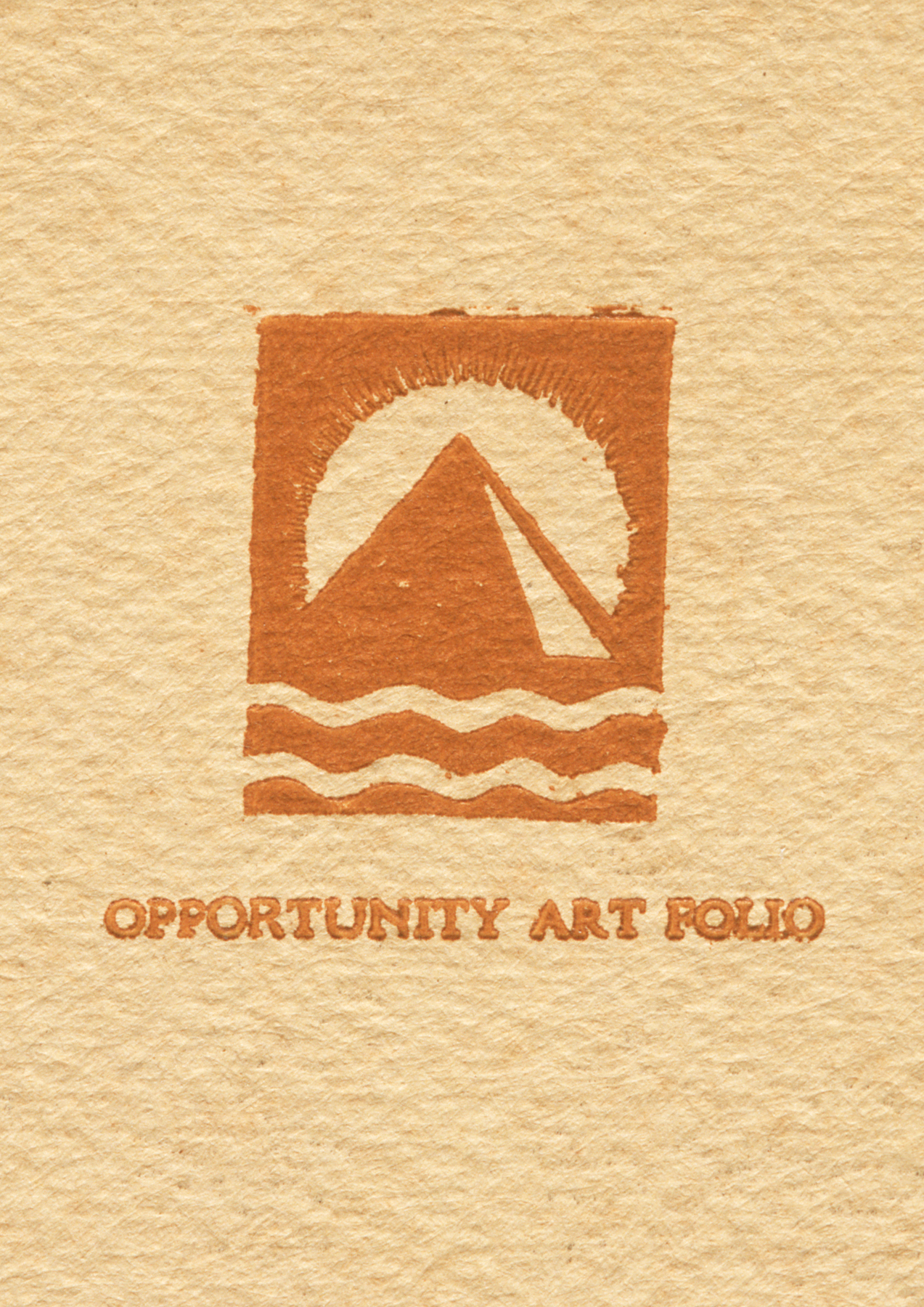cover, Opportunity Art Folio, Aaron Douglas; Opportunity Magazine; Langston Hughes
Artwork Overview
Aaron Douglas, artist
1899–1979
Opportunity Magazine, publisher
Langston Hughes, author
1902–1967
cover, Opportunity Art Folio,
1926
Portfolio/Series title: Opportunity Art Folio
Where object was made: United States
Material/technique: wove paper; relief print
Dimensions:
Sheet/Paper Dimensions (Height x Width): 500 x 335 mm
Sheet/Paper Dimensions (Height x Width): 19 11/16 x 13 3/16 in
Frame Dimensions (Height x Width x Depth): 28 1/2 x 22 x 1 1/4 in
Weight (Weight): 10 lbs
Sheet/Paper Dimensions (Height x Width): 500 x 335 mm
Sheet/Paper Dimensions (Height x Width): 19 11/16 x 13 3/16 in
Frame Dimensions (Height x Width x Depth): 28 1/2 x 22 x 1 1/4 in
Weight (Weight): 10 lbs
Credit line: Museum purchase: Helen Foresman Spencer Art Acquisition Fund, Lucy Shaw Schultz Fund, and Office of the Chancellor
Accession number: 2003.0012.01
Not on display
If you wish to reproduce this image, please submit an image request












